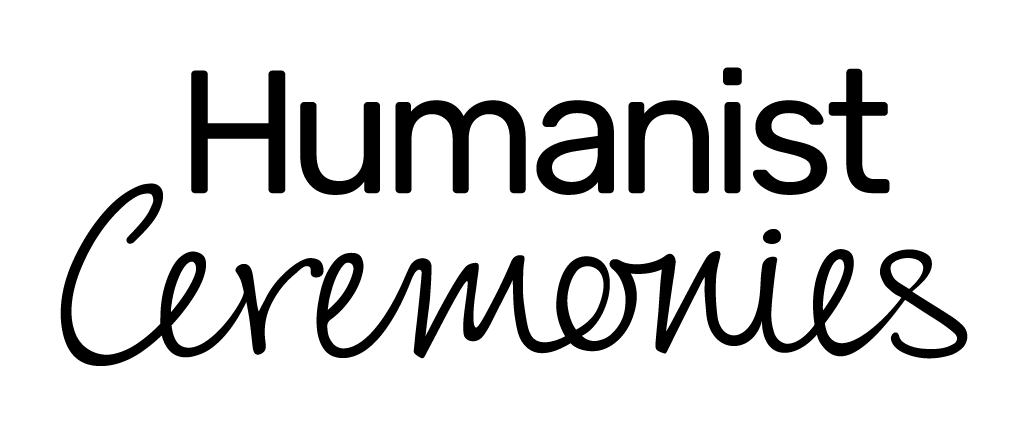The Content of the Ceremony

The Content of the Ceremony
Typically, naming ceremonies; last between twenty minutes and half an hour depending on how much anecdotal content you want to include. The structure is usually, but does not have to be, as follows:
- Words of welcome – this part can include thanks to those who have travelled over distance, acknowledgement of important people who cannot attend, and words of welcome.
- The introduction – here I, briefly, explain that it is a Humanist ceremony, what Humanism and Humanist ceremonies are about and give any reasons you might have for choosing a non-religious ceremony for your child.
- The story – this is the anecdotal part that I will have put together from the stories you shared at the family meeting. It also can include readings from family members or friends; I usually recommend that there is at least one reading as it is nice for guests to hear the sound of someone else’s voice and allows me an opportunity to sip some water!
- Reflections on family – this is a short section designed to move the ceremony away from the informality of the story section and into the more formal rituals of a naming without which a ceremony would not feel like a ceremony!
- The promises – first the guide-parents, then the parents. Maybe the grandparents would like to make some promises; this can be especially touching if they have become grandparents for the first time. These can be written by you, or adapted from examples that I can send you after we meet. They can be read out in whole or I can read them and invite participants to respond with an “I will” or ” we do” or something similar.
- The naming – I will lead into this with an explanation of how your child came to have his or her name/s. I can also explain the meaning of the name/s too. Then, I ask everyone to join in with a Celtic blessing that I will read and your guests will repeat. We do not have to do this; the blessing can be replaced with a suitable poem or the whole thing can be cut from the ceremony. However, it has proven popular and guests enjoy being part of the ceremony in this way; also, it does provide that important element of ritual that would otherwise be missing from a non-religious ceremony where the physical act of “christening” is not present.
- Closing words – if you have chosen to have a naming day book or a wish tree etc I will draw your guests attention to where this is and what its about. I will then finish by inviting your guests to join in wishing your child well for the future and a final round of applause.
This is just an example structure – we can change any or all part/s of it that you wish!

